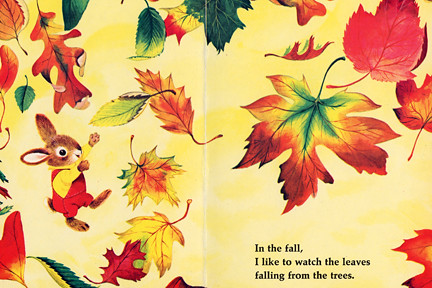The Dorito Effect was a very interesting and perhaps somewhat alarmist book. In a nutshell, the book argues that modern agriculture has bred both our animal and vegetable foods to optimize transportability and yield and neglected to breed for flavour. The lack of flavour in our food is remedied by synthesized flavour chemicals that are added to make our food palatable. According to Schatzker, the major problem with this is that in nature, flavour is an indicator of nutrition. So our flavour-poor foods are also nutritionally-poor, and we are being coerced into eating these things because food additives are tricking our bodies into thinking we want to eat them.
There was a particular section of this book that interested me as a parent. I have included the two pertinent pages below (my apologies for the slight blurriness). These pages discuss a study done back in the days when there weren’t ethics review boards. Children of “teenage mothers” and “widows” were fed an experimental diet consisting of 34 different whole, unprocessed foods. The children were allowed to choose whatever they wanted to eat at each meal from the options, and permitted to eat as much as they wanted. Not every meal the children chose for themselves contained all of the food groups, but overall, they ended up with a balanced diet and were in excellent health at the end of the study.
At another point in Schatzker’s book he talks about how flavour chemicals are used in raising livestock. In that particular context they are referred to as “palatants” and they can make livestock consume many more calories than they naturally would and grow much faster (which is great for farmers to maximize profit).
This, in addition to his description of the nutritional experiment with children got me reflecting about RJ, who is still way at the bottom of the growth chart for her weight (somewhere around the 1 percentile mark). She is a good eater and we avoid giving her processed foods. I started to wonder where the numbers on the growth chart come from, and if perhaps the children on which the growth charts are based are fed more processed foods with flavour chemicals (aka palatants) than RJ is, and therefore they might inevitably consume more calories and be more plump than she is.
Fortunately another blogger whose work I really admire, Alice Callahan over at The Science of Mom had written a well-researched post on growth charts in 2011. I learned from her post that the WHO charts are based on the measurements of a total of 882 children from Pelotas, Brazil; Accra, Ghana; Delhi, India; Oslow, Norway; Muscat, Oman; and Davis, CA, USA. It turns out that children who were “super lean were excluded so as not to skew the data.” I can only speculate that many, if not all of the 882 children ate processed foods with flavour chemicals. According to Schatzker’s book, flavour chemicals are so ubiquitous that it’s hard to imagine that there are children in the world who aren’t exposed to them. I wonder what a growth chart from 100 years ago would look like, if such a thing exists. Would RJ have been at the bottom of a growth chart 100 years ago before processed foods, or would her weight be more average compared to those children of the past.
Although RJ is a skinny little toddler, she seems healthy and I feel that I am doing the right thing for her by feeding her whole, unprocessed foods as much as possible. The Dorito Effect definitely underscored that belief.




